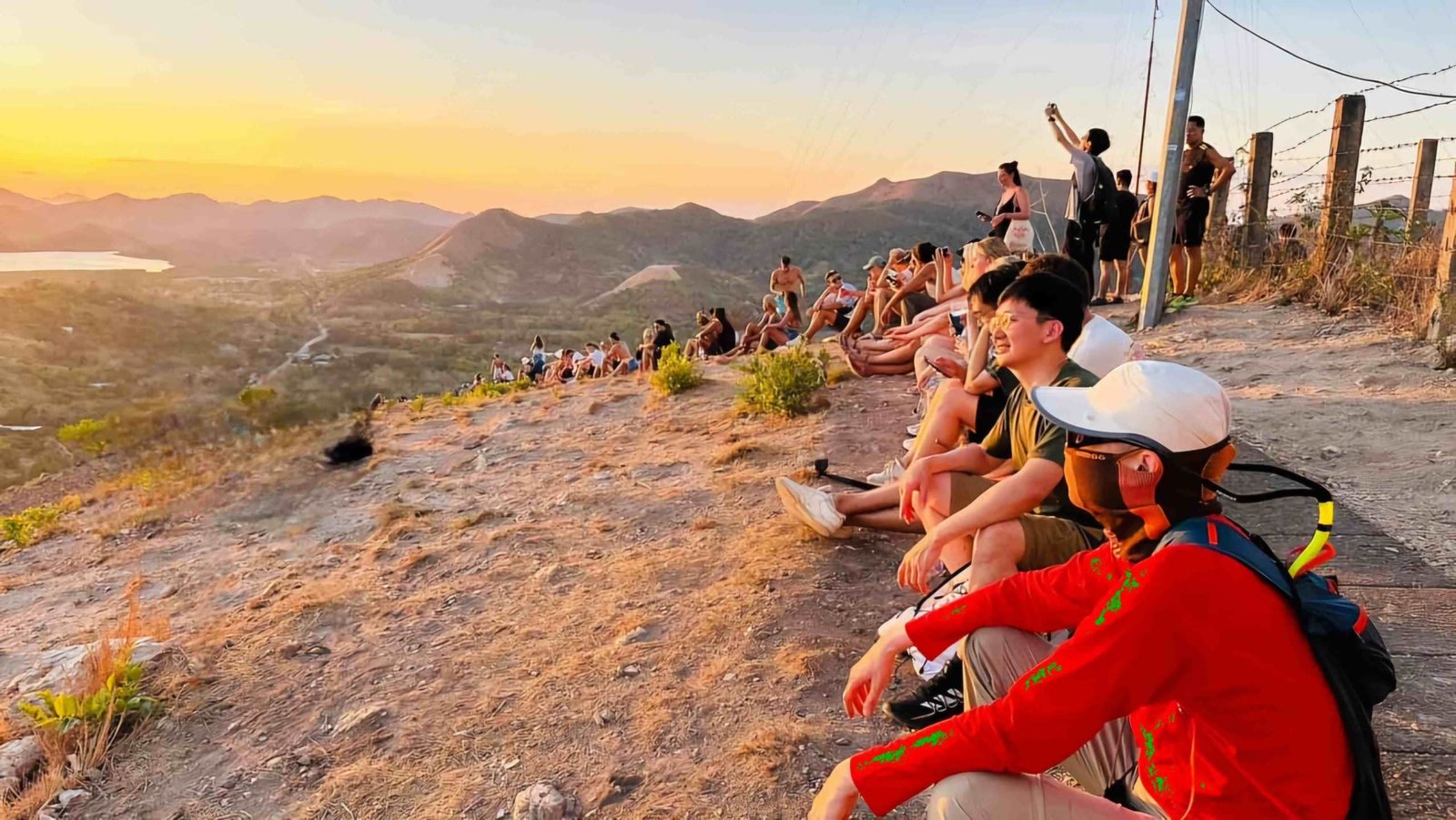The Philippines is an archipelago in Southeast Asia, broadly divided into three main island groups – Luzon to the north, which includes the capital Manila, the Visayas in the mid-region and Mindanao to the south.

Traveling Around the Philippines
Getting to the Philippines is relatively straightforward, most travelers arrive at the main international airport in Manila from connections via neighboring Singapore, Hong Kong, and Kuala Lumpur. To truly experience everything the country has to offer, it is necessary to travel between the island regions. It is worth remembering when booking your flights that if you do plan to travel around the islands, it is more economical and practical to purchase an `open` ticket. This eliminates the need for backtracking during your travels, allowing you, for example, to fly into Manila and out of Cebu.
Travel within Manila itself is via a network of light railway systems, with, in simple terms, two lines that run North to South and East to West of the city. Operating 18 hours a day, the Metro is a popular choice for travelers, being both fast and cheap. Multi-use tickets can be purchased at the stations and from ticket machines. Also popular in Manila is the Pasig ferry service, providing water bus travel around the historical Pasig River at very reasonable prices.
Inter-island travel is well served by various forms of transport. Many airlines offer domestic flights between the region’s main airports. Whilst prices are relatively low, cheaper still is the option of traveling via inter-island ferries. With so many islands within the region, boat trips can last from an hour through to 24 hours and prices vary accordingly, as does the standard of transport. An overnight ferry trip operates each Friday to Coron, a popular destination with divers, enabling you to spend a weekend in the region, returning to Manila on Sunday. Fast ferries also operate throughout the Visayas area, at very affordable prices. It is worth checking weather reports before undertaking any ferry travel, as conditions can sometimes be volatile.
Probably the cheapest mode of transport is the bus and as well as services operating within the towns and cities, it is possible to travel between the major islands on scheduled bus services, via the network of bridges that connect the major islands. Although very cost-effective, you will be tied to times and schedules (which in themselves can be somewhat erratic!) if you choose to travel via any form of public transport.
Travel by car is possible, with major car rental companies operating in Manila, mainly from the main international airport. However, the quality of roads varies considerably depending on where you travel to and from, ranging from modern highways to single dirt tracks, which can make traveling under your steam complicated and occasionally, treacherous. Travel between the major provinces is the most straightforward, via a network of expressways and national highways, some of which will incur toll charges. It is also worth remembering that high levels of traffic in Manila mean that laws now only permit certain vehicles to travel in the city on specified days and times. It is essential to check with the car rental company which rules apply to your vehicle.
In addition to buses within towns and cities, a familiar site is the Jeepneys (so-called because they were created from the remnants of the Jeeps used by American troops in World War II). These are an extremely affordable mode of transport and provide a fun means of travel.

Tips and Tricks
- Dress for the weather – hot! Light clothing is ideal year-round, and absolutely during the hot and dry months from March to May. Temperatures average from 78°F/25°C to 90°F/32°C. Mean humidity is at 77%.
- Never leave home without your rain gear, umbrella, and heavy clothing during the rainy months from June to October as well as when setting out to the mountainous areas.
- When traveling overseas, it’s always a good practice to get travel health insurance. Travel health insurance offers peace of mind when abroad. Also, check with local health authorities for any concerns when going to remote villages. And drink only bottled water or canned beverages when unsure of the local water supply.
- When shopping in a public market, it is perfectly acceptable to haggle for the cheapest price.
- English is the most widely spoken next to Filipino/Tagalog, the national language. Learning the basic local phrases may come in handy. Over 120 to 187 local dialects are spoken in the country.
- Comfortable yet sturdy footwear is best, as traveling the islands will often involve some walking.
- When headed to the remote areas, come prepared with an insect repellant and even your water in handy containers. Always have the island map with you.
- Prepare to hop in a jeepney, tricycle, or pedicab – exotic modes of land transport that are the most commonly available for going around. Always bring loose change when taking public transport.
- Know the transport schedules. Some destinations are only being serviced intermittently, not to mention extreme weather conditions that will affect these schedules.
- It is a good idea to use a belt bag to put your money, passport, and other valuables when on the road rather than a bag. Position it in front of your body and under your shirt if possible. Better yet, use a money belt and hide it under your clothing
- Never leave your bag and other valuables on the beach or at the poolside when swimming. It is a lot safer to leave them in your hotel room.
- Casual clothing is acceptable inside churches and business offices. Dining establishments and hotels impose no dress code but shorts and slippers are deemed improper.
- For formal occasions, the traditional Barong Tagalog, the Philippine national costume for men, is just as suitable as the suit-and-tie.
- When traveling by car, be mindful of the number coding ordinance for vehicles that is being implemented strictly in selected cities.
- Do not miss visiting during the summer, when there is a concentration of major festivals, celebrations, and events.
- Adopt local customs; accept local differences. The Filipinos are divided culturally into regions a total of 17, at present, each with its distinct traits and traditions.
- Filipinos (as with most Asians) are mostly conservative. Act, speak, and dress modestly, more so when going to the countryside. In most places, wearing shorts, tees, sleeveless shirts, sandals or sneakers is fine – especially in summer.
- If you are going to Mindanao (southern Philippines) where some areas are predominantly Muslim, dress conservatively – especially the women. And don’t call Muslims Moros. It’s considered rude.
- The Philippine monetary unit, the peso, is generally preferred for financial transactions. Money-changing shops are available in key cities and towns.
- Tipping is expected for many services. The standard amount is 10% of the total bill. Tipping is optional on bills that include a service charge, which is often 10% as well as the total bill.
- Be sure to sample the endless variety of native delicacies and local cuisine, which differ in every region. The Philippines is made up of 7,107 different flavors that you will want to take home with you.
- Filipinos are a very friendly and welcoming people. The Philippines has a lot to offer its visitors. Discover the country, and get to know the people and their culture. E-visit the Philippines and Mabuhay!



